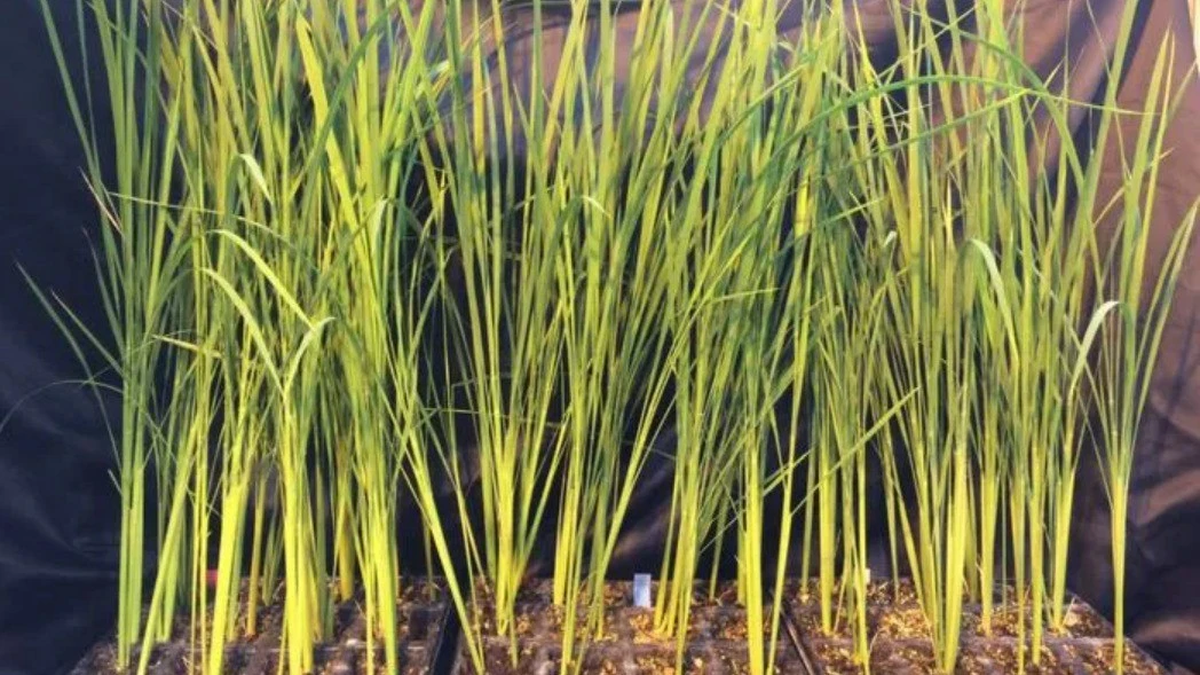Studies in rodents
Intermittent fasting (IF), which restricts daily food intake to a 4–10 hour window, is considered a viable fasting regimen for most people due to its proven clinical effectiveness in promoting weight loss and ease of adherence by eliminating the need to track calories during the eating window.

Intermittent fasting has been shown to be effective for weight loss, but its long-term consequences are still unclear.
PHOTO: Van Tung
In addition, IF has been shown to increase insulin sensitivity, lower blood pressure, and have other metabolic benefits in humans, with no serious adverse effects reported in previous studies. Despite the growing evidence for the health benefits of intermittent fasting in humans, the physiological and molecular mechanisms driving these effects are not fully understood.
To date, IF regimens have been largely derived from rodent studies, suggesting that the underlying molecular mechanisms underlying the effects of variable meal patterns on metabolic health may be partly related to synchronizing fasting-eating times with circadian rhythms.
How effective is weight loss?
According to recent clinical trials evaluating the effectiveness of intermittent fasting, the reported results confirm the effectiveness of the IF regimen in weight management.
In terms of duration, findings suggest that a minimum of 5 weeks of IF strategy is required to achieve a 3 kg loss goal (e.g., 3.75% loss in an 80 kg adult), with longer durations resulting in greater loss.
Clinical benefits are typically seen at 3–5% body weight loss. According to a 2025 meta-analysis of clinical trials, intermittent fasting has been shown to be moderately effective in weight loss in normal-weight individuals, and significant in obese individuals with comorbid chronic conditions.
The mechanism of weight loss may be related to reduced caloric intake, which may lead to a reduction in overall caloric expenditure and subsequent improvement in weight loss. In studies, participants involuntarily or voluntarily reduced their caloric intake from baseline to the end of the study period, suggesting an indirect effect of IF on energy expenditure patterns.
The authors hypothesized that the observed weight loss could be explained by the principle of negative energy balance, in which weight loss is initiated by a decrease in energy intake and/or an increase in energy expenditure.
Intermittent fasting appears to affect both components of this energy equation, thus contributing to the equation's effectiveness in weight loss.
The consequences are not yet fully clear.
Although evidence for the weight loss efficacy of intermittent fasting is well documented, the results of current meta-analyses provide conflicting conclusions regarding the correlation between the duration of IF and its effectiveness in weight loss.
Based on circadian rhythm theories, IF enhances metabolism in animal models at least in part by acting through the molecular circadian clock. This mechanism is being thoroughly investigated in animal models, with human studies now emerging. On the other hand, although IF is effective in promoting weight loss in humans, its effects on dietary changes and their consequences are not yet fully understood.
Exploring the interplay between intermittent fasting and different dietary components is important, as it allows for the assessment of how different nutritional aspects influence the efficacy of IF. More rigorous human studies are needed to thoroughly investigate the efficacy, safety, long-term adherence, underlying mechanisms, and sustainability of intermittent fasting in diverse demographic groups and with a variety of disease states, before any guidelines for this diet can be proposed for human use.
Source: https://thanhnien.vn/nhin-an-gian-doan-va-giam-can-185250224184614681.htm




































































































Comment (0)